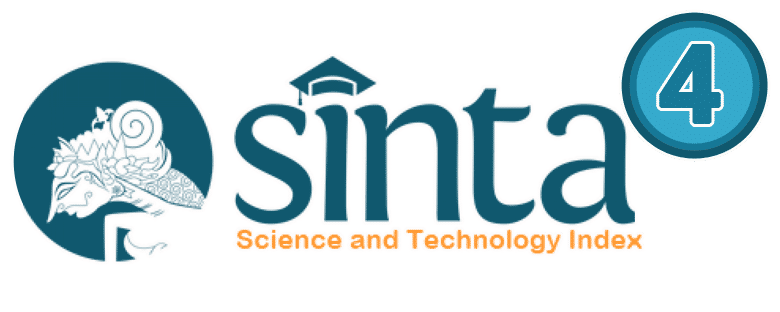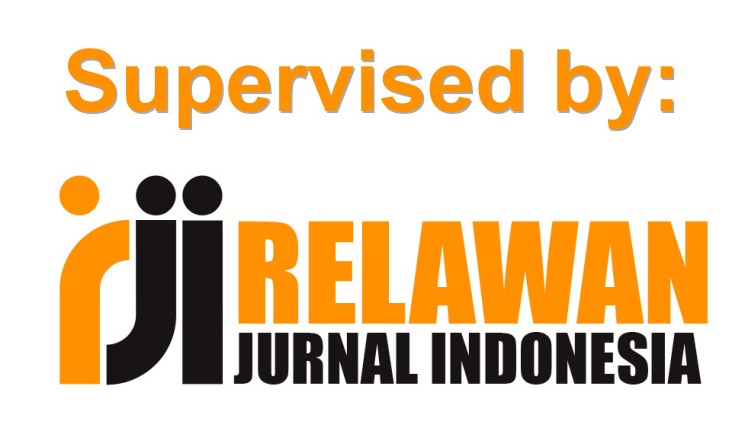Nilai Gotong Royong dalam Tatak Tintoa Serser pada Masyarakat Pakpak Bharat
DOI:
https://doi.org/10.24114/senitari.v5i1.3611Keywords:
tatak tintoa serser, pakpak,Abstract
Peoples Pakpak called the term dance with the wordTatak. Tatak Tintoa Serser(mangirik page) describes the work to harvest rice from beginning to end. Thisstudy aims to explore the value of mutual cooperation contained in Tatak TintoaSerser views from the variety of motion.The cornerstone of the theory used in this study is an understanding of the valueand the theory of solidarity.Time used in research to address Tatak Tintoa Serser carried out since January2016 to March 2016. The study was conducted in the village of Salak, DistrictSalak, Pakpak Bharat. The population once the sample in this study is a resourceand dancers who controlled the culture and dance. Data collection techniquesincluding observation, interviews, literature study and documentation, which isthen analyzed by qualitative descriptive method.The results obtained are moral values such as solidarity and mutual aid values arereflected through movements that are arranged in Tatak Tintoa Serser namelymotion Mangirik Page, motion Manarsari, motion Erserakan Page, motionMangumpulkan Page and motion carry on the hand Page.Downloads
Published
Issue
Section
License
Copyright (c) 2016 Trijayanti Siregar

This work is licensed under a Creative Commons Attribution-ShareAlike 4.0 International License.
Authors published with the Gesture: Jurnal Seni Tari agree to the following terms:
- Authors retain copyright and grant the journal the right of first publication with the work simultaneously licensed under a Creative Commons Attribution License (CC BY-SA 4.0) that allows others to share the work with an acknowledgment of the work's authorship and initial publication in this journal.
- Authors are able to enter into separate, additional contractual arrangements for the non-exclusive distribution of the journal's published version of the work (e.g., post it to an institutional repository or publish it in a book), with an acknowledgment of its initial publication in this journal.
- Authors are permitted and encouraged to post their work online (e.g., in institutional repositories or on their website) prior to and during the submission process, as it can lead to productive exchanges, as well as earlier and greater citation of published work. (See The Effect of Open Access)







